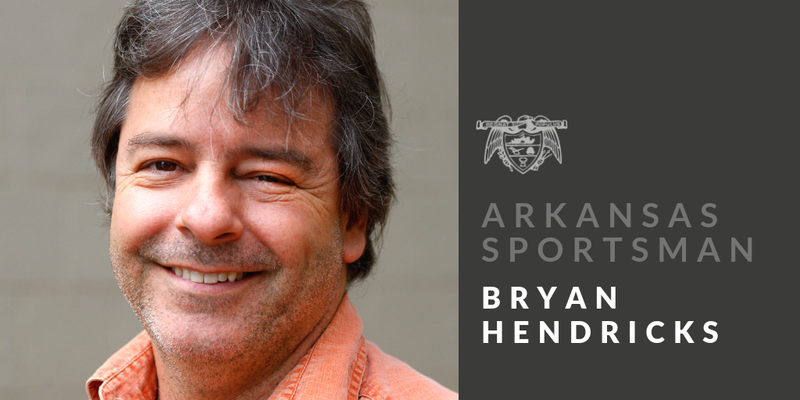Connie Meskimen -- a member of the Purple Hull Society, attorney and social antagonist -- is angry about official abuse of roadside flora.
On April 16, he emailed a screed protesting the destruction of roadside wildflowers in Hot Spring County. He wrote: "The Highway Department has once again sprayed the right of way of Highway 171 between I-30 and Lake Catherine State Park with a potent herbicide. The shoulders and road ditches are bare and devoid of any vegetation for 40 feet or so on each side. Wildflowers are in abundance outside the zone where they have killed everything.
"In addition to the aesthetic disaster, there is also a profound loss of habitat. More progressive states use their roadsides for habitat and wildflowers. We, on the other hand, kill ours.
"The lover of nature from, say Dallas, who is traveling here to see the azaleas will likely form their first impression of Arkansas as the exit off of I30 and see the dead brown roadsides.
"And they will think what most folks would, myself included: Natural State my a**."
Meskimen had a similar letter printed recently in the Voices section of the Arkansas Democrat-Gazette. I've been thinking about his musings during my travels across The Natural State since April, and they've added texture to other observations before April.
While driving through Georgia in October, for example, I enjoyed many, many miles of median between the lanes of I-20 that were awash in state-sanctioned wildflowers. Appropriate signage appeared throughout the route, along with instructions about not mowing during prescribed periods.
The median strips are about the only wildlife habitat remaining in the Atlanta area except for Kennesaw Mountain National Battlefield.
My travels frequently carry me down the entire length of I-40, and also I-49. Between the lanes are more than 200 miles of median, most of which are grassy. This crude green space is a prime opportunity for resurrecting bobwhite quail, ground nesting songbirds, and pollinators such as butterflies and bees.
Although medians are narrow, they are also very long, and they constitute thousands of acres of inert habitat. The Arkansas Game and Fish Commission, state highway department and the Natural Heritage Commission might find a creative way to combine resources -- perhaps with matching grants from the Federal Aid in Wildlife Restoration Act -- to plant and maintain interstate highway medians in native warm-season grasses, legumes and wildflowers.
Would it help? It certainly wouldn't hurt.
Anglers say that you don't fish the weather you want, but the weather you have. In other words, do the best with what you have.
Obviously, quail thrive in certain types of habitat that encompass at least 1,000 acres of contiguous habitat. That is also the traditional quail management paradigm. A wildlife biologist at the Oklahoma Department of Wildlife Conservation once told me that he wouldn't even talk to a landowner about quail unless the person had this minimum basis.
Unfortunately, we don't have many significant blocks of native grassland, oak savanna or shortleaf pine savanna in Arkansas. We must employ what we have, including overlooked "scrap" habitat such as roadways, utility rights of way and grassy patches among center pivot watering systems.
Of course, we wouldn't be able to hunt medians, but providing hunting opportunities is not the point. Medians can provide a very long ribbon of nesting, feeding and refuge habitat within a sea of generally sterile habitat. Remnant quail populations that are hanging on in marginal areas will find available habitat, and they will use it.
Of course, median habitat would have to be manipulated and disturbed. It would have to disked and burned periodically. It might temporarily inconvenience motorists, but that is an acceptable concession for mitigating the negative influence of what is otherwise a wildlife barrier.
Motorists, of course, would not notice the presence of quail, flycatchers, warblers, meadowlarks, shrikes, bobolinks and bumblebees in grassland medians, but they would definitely notice how beautiful our roadways are.
Sports on 07/28/2019
